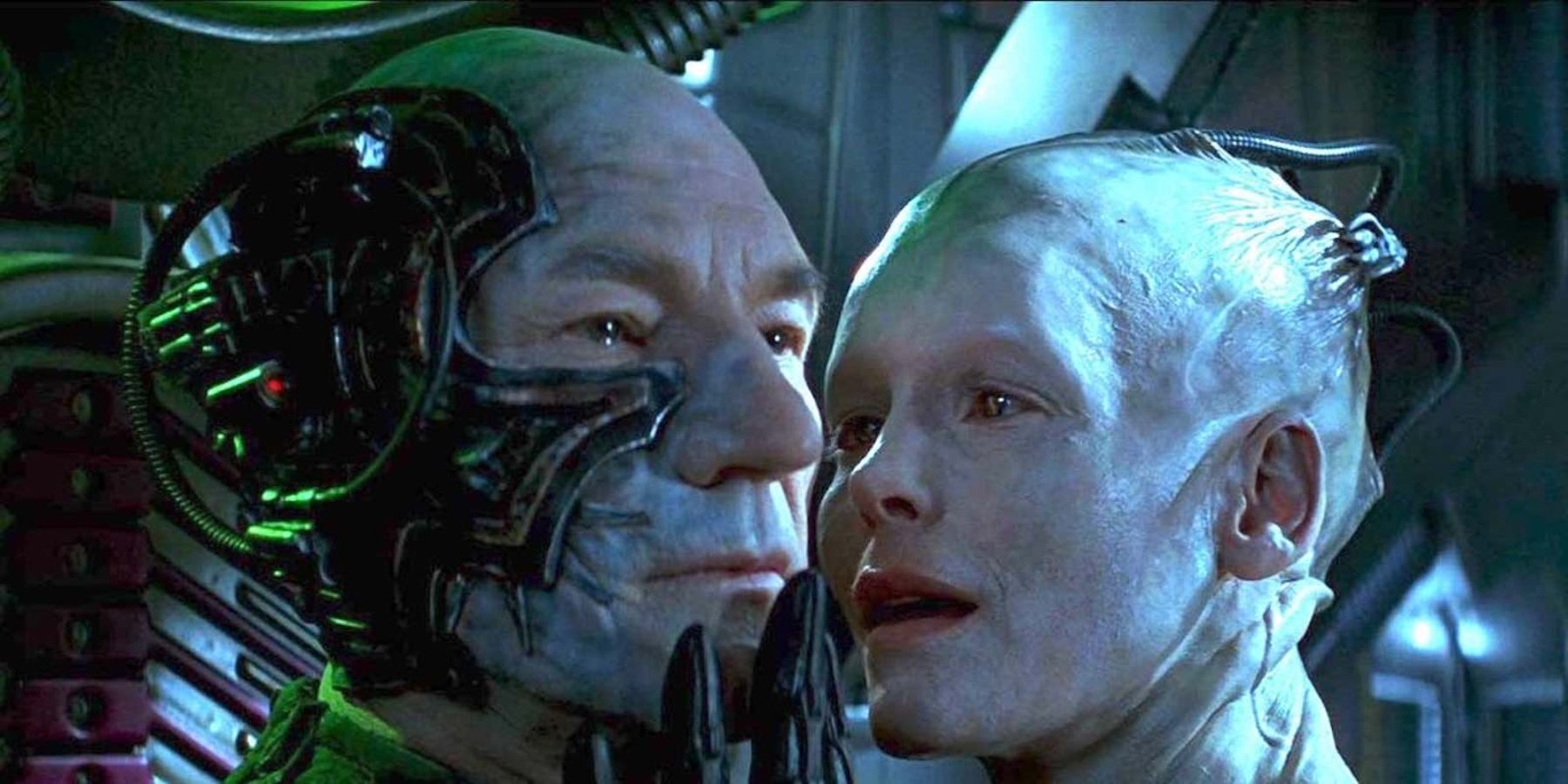Since the beginning of science fiction’s popularity in the 50s and 60s, it has been a genre that was far enough removed from human reality that it could be used to evaluate humanity without being too direct. For decades now, authors and screenwriters alike have told tales of captivating, futuristic worlds that are meant to both appeal to the audience, and cause them to reflect on themselves and the world they live in.
Since its beginning, science fiction, especially in the film format, has pushed barriers and been rather progressive in its content and characters. Perhaps one of the most famous examples is Star Trek, with its diverse characters and cast, as well as plots that mirror common problems in the real world that need to be pointed out and addressed.
Historically, art as a whole has always been used to communicate ideas and lessons, especially in settings where it would have been forbidden to openly speak out against a practice or person in society. As art has evolved, inevitably, so too have the practices in which it’s created and the messages and ideas that it focuses on. However, because life imitates art and vice versa, these changes likely reflect much more than just time passing.
Several current popular examples of science fiction shows and movies utilize a darker tone in order to highlight a certain aspect of the plot. For one example, Raised by Wolves, a 2020 television series, focuses on the relationship between people and technology, and how that relationship connects to humanity's constant tension surrounding varying religious beliefs. It handles some considerably controversial topics and touches on emotional points, revealing in the process several aspects of modern society that are problematic and, potentially, dangerous.
Westworld and Interstellar are also current examples that point out an element of society that is meant to benefit us, but actually dehumanizes us in some way. In Westworld, audiences see another critical view of how people interact with advanced forms of technology, becoming so reliant on it that it becomes an interwoven part of our reality. Interstellar examines humanity’s desire to have domain in space, and how that pursuit could easily get in the way of human existence on Earth, in the present.
Though, the best example of this darkening of the theme in science fiction media may be seen in Black Mirror. Black Mirror was immediately recognized as being inspired by The Twilight Zone, both through its short, episodic structure and the way the theme of each episode points to people’s errors, the consequences of which stretch even beyond our own universe. In The Twilight Zone, each episode does achieve this ability to reflect a problematic component of society, but it is generally done in a lighter tone, considering the time period in which it was made. While it would handle plenty of creative and sometimes eerie science fiction concepts, it wasn’t as horrifying as Black Mirror.
Black Mirror, on the other hand, does not refrain from using more mature content or some straight-up disturbing stories to get its message across. By using this darker and arguably more upsetting approach, the creators guaranteed that the themes of each episode would warrant a bigger response from the audience, and thus, be more likely to have a long-lasting impact on them.
That said, it was not likely their intention to use darker content to traumatize the audience, but rather to emphasize the direness of the problems being focused on. Given that science fiction has been around for generations now and that it often possesses many of the same tropes, it’s clear that it’s been pointing out some of the same problems for years. That is likely the biggest reason for the recent popularity of darker shows and movies in the science fiction genre: to illustrate that these repeated concepts need to be taken seriously, or there could be severe consequences. In other words, it’s possible that this trend is a sort of intensified attempt to get the theme across to the audience in such a way that they embody it.
Regardless of the exact motivating factor behind darkening the content in sci-fi, it has undoubtedly created a whole new layer to the genre. Given that most science fiction stories are set in a universe or reality outside our own, by darkening the tone of a story, the world it exists in is also darkened and serves as an example or lesson to the audience. The worlds in these stories somehow connect to our own, and by creating this dark version that makes the audience uncomfortable, they achieve the point of showing the viewers what’s at stake for the future of the human species.
Considering the many recent events that have affected society as a whole, like the pandemic, the political climate, and all the fighting and tension happening in the world, it makes sense that we have seen science fiction become increasingly more intense, as the future of humanity is looking the same way. Again, life and art mirror each other. As long as issues in society continue to fester and go unresolved, it’s likely that the stories we see in speculative genres like science fiction will continue to reflect that.
Source: Wikipedia - Science Fiction




